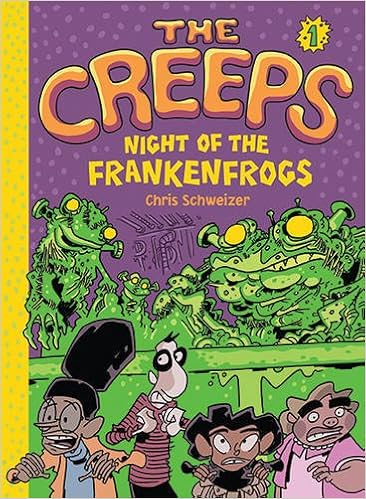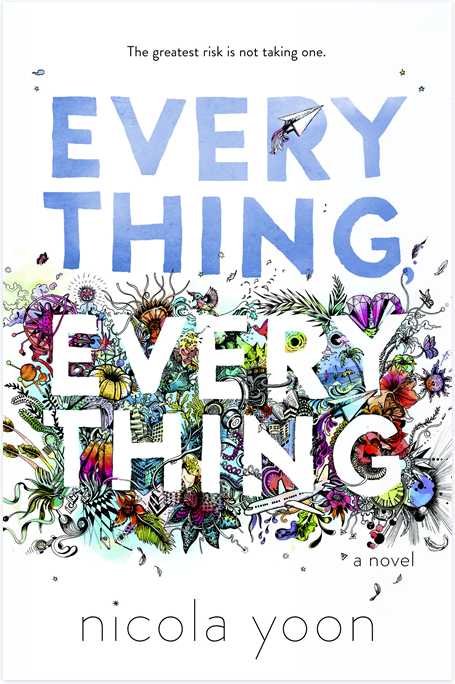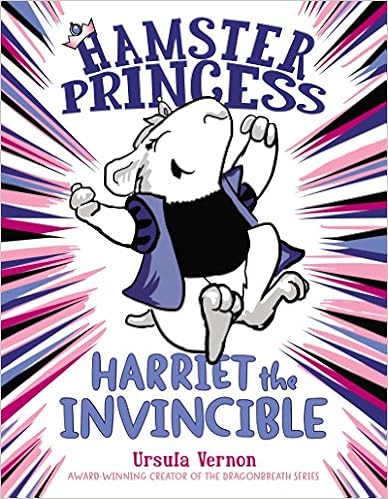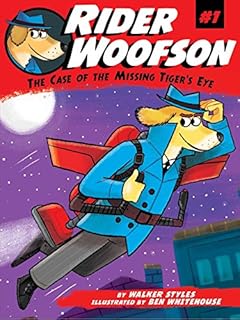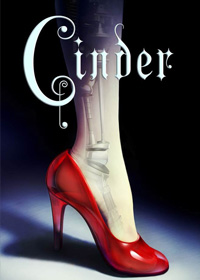 Cinder
CinderMarissa Meyer
Feiwel & Friends, 2012 400 pages
Grades 7-Up
Fairy Tale/Science Fiction
Lunar Chronicles Series
Marissa Meyers joins the ranks of authors telling updated versions of traditional fairy tales, this time focusing on the tale of Cinderella with a sci-fi twist. Cinder is the best mechanic in her futuristic city in the far east in a land that's part of a world-wide united government, yet still ruled by a benevolent emperor. Plague is sweeping through the world and is hitting her country hard. Cinder has a terrible secret: she is a cyborg (a human with robot parts), which is the lowest class of people in her society and she serves as little more than a servant to her stepmother and sisters. Cinder brings in the sole income to the household, all while being mentally abused and treated as less than equal. Her only friends are a robot servant and the nicer of her two stepsisters. The action begins as Cinder is manning her booth at the market and the handsome prince (and heir to the throne) stops by to drop off a favorite robot in need of repairs. The two strike up a friendship, which leads to a flirtation and possible romance. Meanwhile, Cinder's good stepsister is struck down with the plague. Cinder is "volunteered" by her stepmother for plague research, which means a certain death, when strange medical evidence is discovered. Cinder is immune to the disease and, therefore, has an important contribution to make in discovering an antidote. But is it too late? The emperor, who is gravely ill, succumbs to the disease and dies and Cinder's sister is hanging on by a thread. The evil Lunar Queen arrives from the moon wielding her glamour and magic, looking to forge an alliance with the earth by marrying Prince (now Emperor) Kai and, eventually, taking over the whole planet. What can a simple cyborg mechanic do to save her planet and Kai from the queen's evil clutches? Further surprises await Cinder, giving her more power than she knew she had, shaping her destiny, and leading her to the next installment in the series: Scarlet.
I love reworkings of fairy tales, especially when an author brings something new to the genre. Meyer does just that in her Lunar Chronicles series. Cinderella goes sci-fi: the slipper becomes a mechanical foot, the carriage becomes a classic car, the little furry friends become robots, and the fairy godmother becomes a doctor. Still, the hopeful essence remains, as Cinder discovers the truth about herself and finds confidence and power where none previously existed. This story will appeal to teenagers who like their dystopian fiction on the "girlie" side (Matched, Divergent). Cinder is not a push-over. She is independent and fierce, yet has a soft underbelly. Although she is a cyborg, she has human emotions and feelings, yet must live within the discrimination of her kind. This may translate to teens, demonstrating patience and understanding in dealing with those who appear to be different. There is action and adventure throughout the book, making it a fast read and keeping the pages turning. Also, filled with science and technology, this book would appeal to "techie' kids of which we have many in today's society. Not necessarily great literature, this book is a solid piece of writing for teens and has proven popular. We can't keep this series on the shelves of my library. Its one of those series that I call "book-crack": you can't put it down and then you have to pick up the next installment. Because of my job, I do not have the luxury of reading past book one in a series. That said, I am on my library's waiting list for Scarlet and am sure to devour it as I have the series opener.



